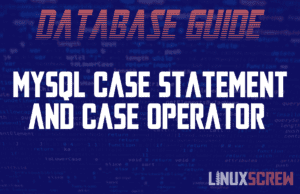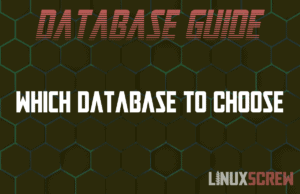Home »
Installing OpenWrt on a BT HomeHub 5 (or Plusnet Hub One), Full Instructions
This article documents my success in getting the OpenWrt operating system up and running on a BT HomeHub 5A (also sold as the Plusnet Hub One). This was checked with the latest version of OpenWRT as of early 2021, so it’s up to date and ready to do some networking. Once you’ve got an OpenWrt device set up, you can start mucking around with a bunch of useful computer networking concepts and tools like ad blockers and segregated networks – I’ll explore some common usage in … Read more



![Converting Bytes To String In Python [Guide] 6 Converting Bytes To String](https://cd.linuxscrew.com/wp-content/uploads/2021/03/Converting-Bytes-To-String-300x194.png)
![Checking Type in Python [Guide] 7 Checking Type in Python](https://cd.linuxscrew.com/wp-content/uploads/2021/03/Checking-Type-in-Python-300x194.png)
![The MySQL LIMIT and OFFSET Clauses [with Examples] 8 MySQL LIMIT and OFFSET Clauses](https://cd.linuxscrew.com/wp-content/uploads/2021/03/MySQL-LIMIT-and-OFFSET-Clauses-300x194.png)

![Showing Errors in PHP [Tutorial] 10 Showing Errors in PHP](https://cd.linuxscrew.com/wp-content/uploads/2021/03/Showing-Errors-in-PHP-300x194.png)

![Add Days (or Minutes, or Hours) to Javascript Date [or Subtract] 12 Add Days to Javascript Date](https://cd.linuxscrew.com/wp-content/uploads/2021/03/Add-Days-to-Javascript-Date-300x194.png)
